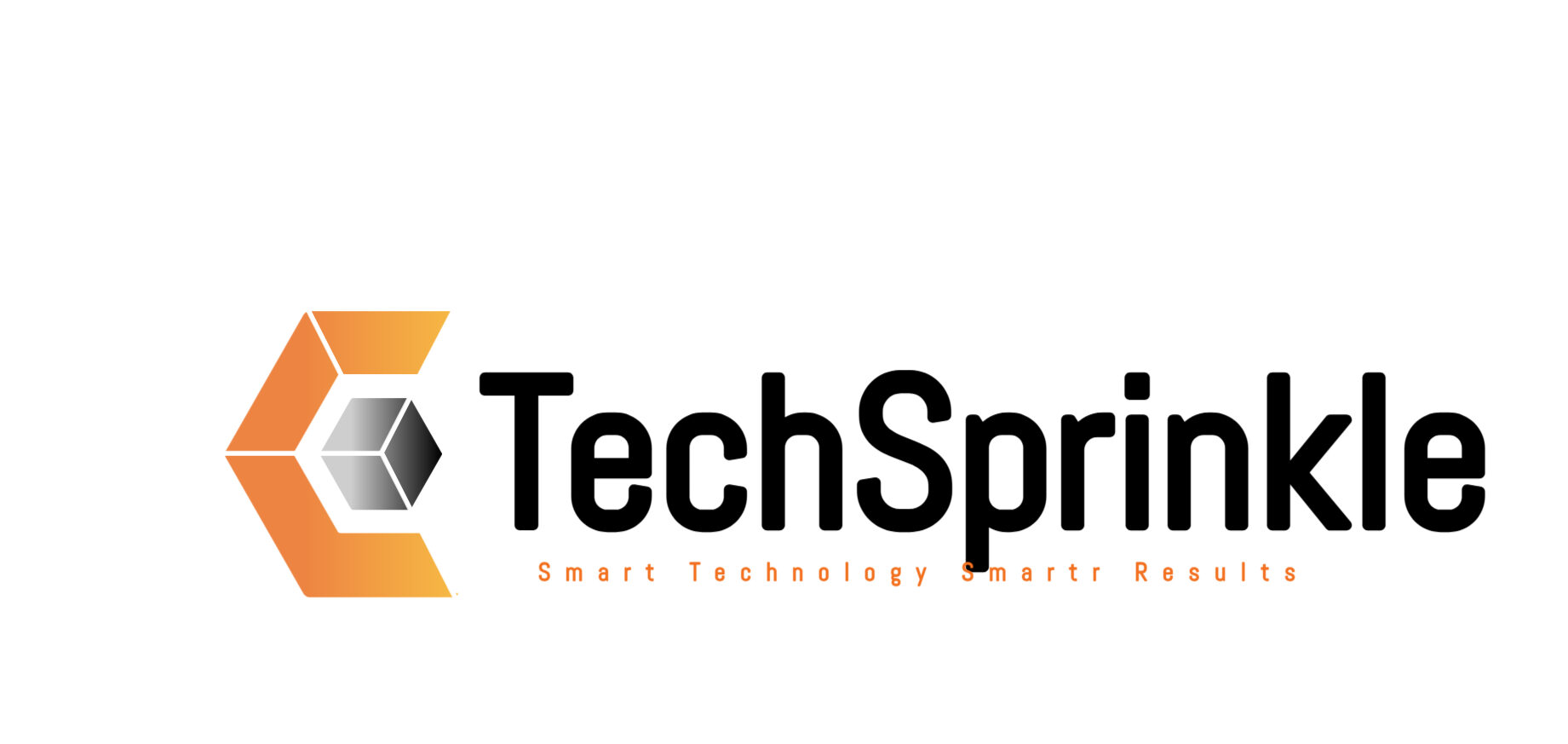Table of Contents
In today’s fast-paced world of technology and industry businesses and entrepreneurs are always looking for ways to make things easier better and more productive. Repmold is one of these new ideas. Some people may not be familiar with the phrase but it refers to a system tool or process that is meant to make different industries more efficient consistent and adaptable.
Repmold is more than simply a tool; it is a way of thinking about integration problem solving and making things better. It may be used in many different situations including as making things designing products writing software and managing projects.
What is Repmold? Why is it important? How does it work? What are its pros and cons? What are the most important things to think about before using it? This blog will answer all of these questions and more. At the end, you’ll know for sure if Remold is a good strategic choice for you.
What is Repmold?
In its most basic form, Rpmold is a framework or system that turns repeated tasks into structured, efficient workflows.
The phrase comes from the words “Rep” which means to repeat or copy and “Mold” which means to shape design or mold. Rpmold is a system that standardizes repeated processes into a moldable flexible system that guarantees accuracy speed and quality.
Repmold might look different in different fields:
In manufacturing rpmold might mean a mold system that makes exact copies of things over and over again. This is often used for plastics metals and ceramics.
In Software Development: Rpmold might be a framework for development or deployment that automates coding testing or integration tasks that need to be done over and over again.
In Business Processes: Repmold might be a method or digital technology that turns repeated administrative chores into automated workflows.
In education or research repmld might imply making templates and molds for experiments assignments or research activities that happen again and again.
So, Rpmold isn’t limited to one area; it’s a flexible idea that may be used anywhere that consistency and repetition are needed.
What Repmold Means
Most systems are based on repetition. Consistency is key whether you’re making the same product again and over sending out software updates or executing marketing campaigns that happen all the time. But repeating anything without being efficient can waste time and money and lead to mistakes. This is when Repmold becomes really important.
The most important things of Repmold are:
Efficiency: Organizations save time and make fewer mistakes, by turning repetitive operations into organized procedures.
Scalability: Once a system is set up it can be readily scaled up to meet increasing, demand without having to start from scratch.
Cost Savings: Standardized procedures, reduce down on wasted time materials and people.
Innovation Support: By automating or standardizing everyday tasks, professionals may spend more time being creative and addressing problems.
Quality Control: A molded frame makes sure that everything is the same which makes it more reliable and makes customers happier.
Cross-business Relevance: Repmold may be used in practically any business where things are done over and over again, from factories to digital platforms.
In summary, Repmold is what makes modern efficiency possible.
How Repmold Works
The way Repmold works depends on how it is used but the basic idea is the same: to make repetition into a moldable, efficient process.
Here’s a step-by-step guide of how Repmold usually works:
1. Finding processes that happen over and over again
The first step is to figure out what jobs you do again and over again. For instance:
In manufacturing making the same part.
In software this means performing the same test or installing updates.
In the workplace sending reports every week.
2. Making the Mold
After identifying repeated processes Repmold entails the creation of a mold framework or template capable of replicating the process.
This means a real mold for making things.
For software it might be a code template or a pipeline for automating tasks.
It might be a method for automating corporate workflows.
3. Putting things together
Repmold works with tools systems or materials that are already in use. In manufacturing for instance the mold works with machines. It works with APIs and databases in software.
4. Putting it into action
The molded process is done again and over again with little to no change making sure that it is always the same and works well.
5. Feedback and Improvement
Repmold systems frequently come with monitoring tools that keep an eye on quality faults and performance so that they may be improved all the time
Benefits of Repmold
There are several benefits to using Repmold in many different fields. Here are the good things:
Consistency makes sure that the outcome is the same every time which cuts down on differences.
Saves time by automating or making repetitious tasks easier.
Cost Effective: Cuts down on waste which lowers labor and material expenses.
Scalability means that it can easily handle more work, or production.
Better Accuracy: It cuts down on mistakes, made by those who do the same thing over and over.
Flexibility: Molds may be changed to fit new goods jobs or workflows.
Increase in productivity: Employees may focus on hard and creative work while regular chores run on their own.
Versatile in many fields including manufacturing, IT education healthcare logistics and more.
Repmold’s Drawbacks
Repmold has a lot of good things about it, but it also has some problems. Here are the bad things:
High Initial Setup Costs: Making physical molds or digital frameworks might be pricey at first.
Training Requirements: Employees may need to learn how to use new molded systems.
Over-Reliance: If the Repmold system goes down all operations that depend on it might stop working.
Limited Flexibility (Short-Term): Initial molds may not be able to easily handle rapid changes even though they may be changed over time.
Problems with compatibility: Not all tools or systems work well together.
Needs for Maintenance: Physical molds break down, and digital systems need to be updated.
Risk of Making Things the Same Fatigue: If companies just use traditional systems and don’t try new ways of doing things, too much repetition can stifle creativity.
Things to Think About Before Using Repmold
If you want to add Repmold to your business keep these important things in mind:
What kind of business you have
Does your field depend a lot on doing the same things again and over? If so Repmold is probably helpful.
Money and Resources
Can your firm pay for the initial setup training and upkeep?
Needs for Scalability
Are your procedures going to grow a lot in the future? Pick a mold that helps things develop.
Requirements for Flexibility
Make sure your Repmold system can change to meet new demands without having to be completely redesigned.
Ability to Integrate
Make sure that the tools equipment or platforms you already have can work with Repmld.
Safety and Compliance
Make sure that digital apps have robust encryption and follow the rules.
Support and Trustworthiness of Vendors
Choose vendors or frameworks that will always be there for you and give you updates.
Return on Investment Over Time
Look at both the short-term expense and the long-term return on investment.
In conclusion
For businesses and sectors that depend on repetitive procedures, epmold is a strong idea. It makes sure that things are done the same way every time, cuts expenses, and boosts productivity by turning repetition into organized efficient and scalable systems.
Repmol is changing the way businesses work by making molds that make the same goods and digital frameworks that automate software testing and deployment. Its benefits such speed scalability and accuracy much outweigh its drawbacks but the price of setting it up and the need for dependability should be taken into account.
The effectiveness of Repmol ultimately depends on how well it is put into action. Companies and people who think about their requirements plan for growth and put money into robust support systems can get a lot out of Repmol.
As industries change Repmol will probably become even more important in creating ecosystems that are focused on efficiency. This means that it will not only be a tool but also a strategic asset for future growth.











